Units for Measuring Length
Units for measuring length are discussed here.
We have different units of measurements to measure lengths. The bigger unit of measuring length is kilometer. Smaller measurement units are decimeter, centimeter and millimeter.
We know that the standard unit of length is ‘Meter’ which is written in short as ‘m’.
A meter length is divided into 100 equal parts.
Each part is named centimeter and written in short as ‘cm’.
Thus, 1 m = 100 cm and 100 cm = 1 m
The long distances are measured in kilometer. This kilometer equals to 1000 meters. The kilometer is written in short as km.
1 kilometer (km) = 1000 meters (m) and 1000 m = 1 km
The different units of length and their equivalents are given here:
|
1 kilometer (km) |
= 10 Hectometers (hm) = 1000 m = 10 Metres (m) = 10 Millimetres (mm) |
Mostly we use Kilometer (km), Meter (m) and Centimeter (cm) as the units of length.
If you look at the ruler you can find that one centimeter is divided into 10 equal parts which are marked by smaller lines. Each line represents 1 millimeter. So, 10 millimeters is equal to 1 cm. 10 mm = 1 cm.
Millimeter is written in short form as mm. Smaller lengths such as thickness of a tile or card board are measured in millimeters.
If we divide 1 meter into 10 equal parts then each part is called a decimeter. It is written in short form as dm.
10 dm = 1 m
The higher unit to measure the length is kilometer. We know already that 1 kilometer = 1000 meters.
Note: The set of standard units which we use is known as metric system.
To convert kilometer into meters we multiply by 1000 and meters into kilometer we divide by 1000.
The units for measuring length are cm, m and km. Sometimes when we measure the length of any object, it is not exactly up to the cm-mark.
We can observe the length of pencil-ends between 0 and 8 cm. So, the length of the pencil is 8 cm.
Measuring Length from Different Points
If we have a broken ruler and we want to measure the length of an object, keep the object at any starting cm-mark and subtract it from ending cm-mark.
In the figure, you can see that starting cm-mark is 3 and ending cm mark is 8.
Now, subtract this to get the answer 8 cm - 3 cm = 5 cm. So, the length of the eraser is 5 cm.
The basic unit of length is meter (m). The smallest unit is millimeter while the largest is kilometre.
Units of Length:
|
10 millimeters (mm) |
= |
1 centimeter (cm) |
|
10 centimeters (cm) |
= |
1 decimetre (dm) |
|
10 decimeters (dm) |
= |
1 meter (m) |
|
10 meters (m) |
= |
1 decametre (dam) |
|
10 decametres (dare) |
= |
1 hectometre (hm) |
|
10 hectometers (hm) |
= |
1 kilometer (km) |
1 m is taken as the basic unit of measuring length.
|
1 dam |
= |
10 m |
|
1 hm |
= |
100 m |
|
1 km |
= |
1000 m |
|
1 dm |
= |
\(\frac{1}{10}\) m |
|
1 cm |
= |
\(\frac{1}{100}\) m |
|
1 mm |
= |
\(\frac{1}{1000}\) m |
Related Concepts
● To Measure the Length of a Line-segment
● Examples on Unit of Mass or Weight
● Units for The Measurement of Capacity
● Examples on Measurement of Capacity
● Antemeridian (a.m.) or Postmeridian (p.m.)
● Calendar
● Reading and Interpreting a Calendar
From Units for Measuring Length to HOME PAGE
Didn't find what you were looking for? Or want to know more information about Math Only Math. Use this Google Search to find what you need.
Recent Articles
-
Worksheet on Roman Numerals |Roman Numerals|Symbols for Roman Numerals
May 21, 24 04:30 PM
Practice the worksheet on roman numerals or numbers. This sheet will encourage the students to practice about the symbols for roman numerals and their values. Write the number for the following: (a) V… -
Roman Numerals | System of Numbers | Symbol of Roman Numerals |Numbers
May 21, 24 04:16 PM
How to read and write roman numerals? Hundreds of year ago, the Romans had a system of numbers which had only seven symbols. Each symbol had a different value and there was no symbol for 0. The symbol… -
International Place-value Chart | International Place-value System
May 21, 24 12:02 PM
In International place-value system, there are three periods namely Ones, thousands and millions for the nine places from right to left. Ones period is made up of three place-values. Ones, tens, and h… -
Reading and Writing Large Numbers | Large Numbers in Words in Billion
May 20, 24 06:41 PM
In reading and writing large numbers we group place values into periods ‘ones or unit’, ‘tens’, ‘hundred’, ‘thousand’, ‘10 thousand’, ‘100 thousand’, ‘million’, ’10 million’, ‘100 million -
Worksheet on Formation of Numbers | Questions on Formation of Numbers
May 20, 24 12:43 PM
In worksheet on formation of numbers, four grade students can practice the questions on formation of numbers without the repetition of the given digits. This sheet can be practiced by students

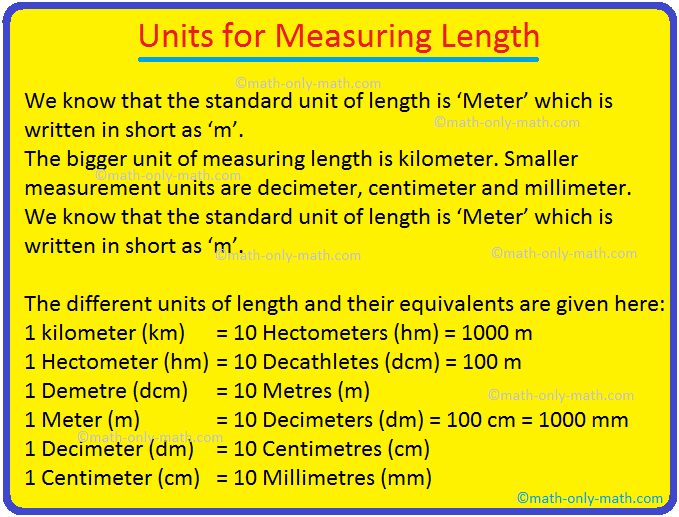

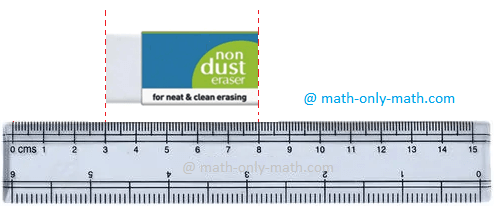

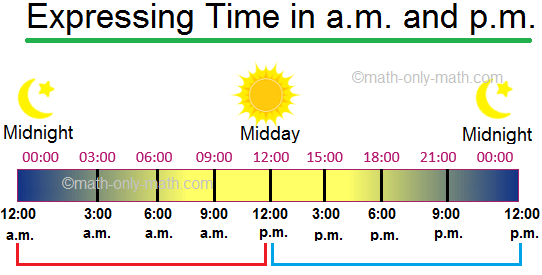
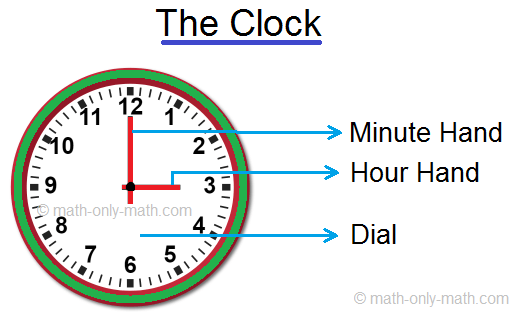
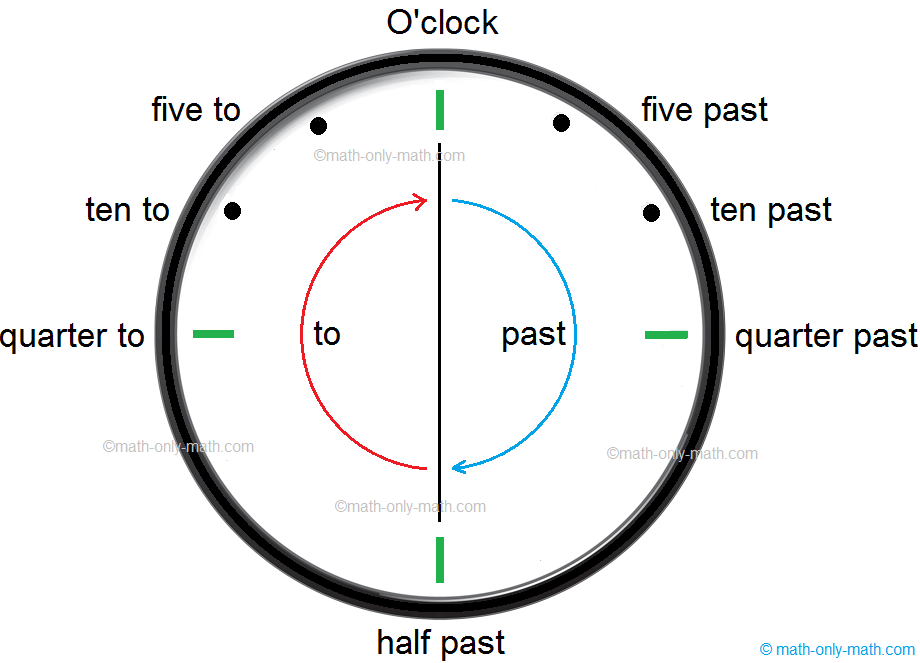
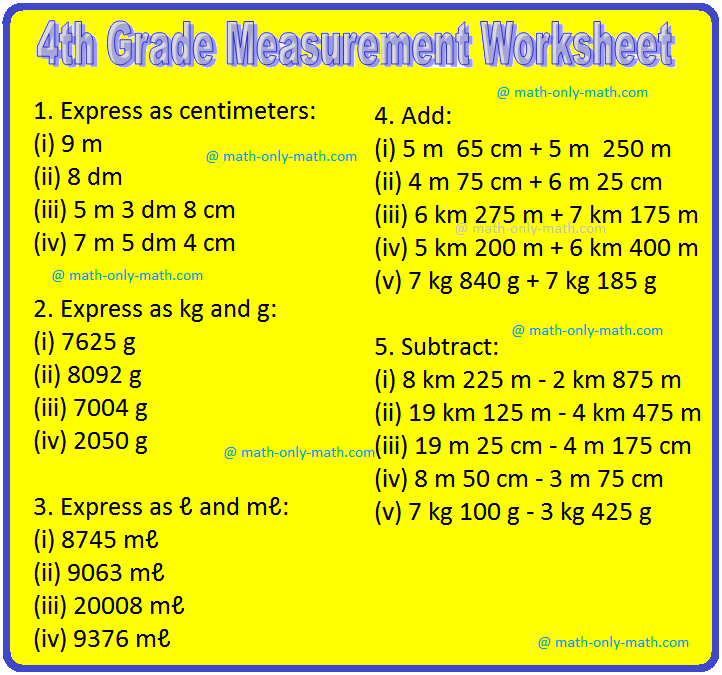
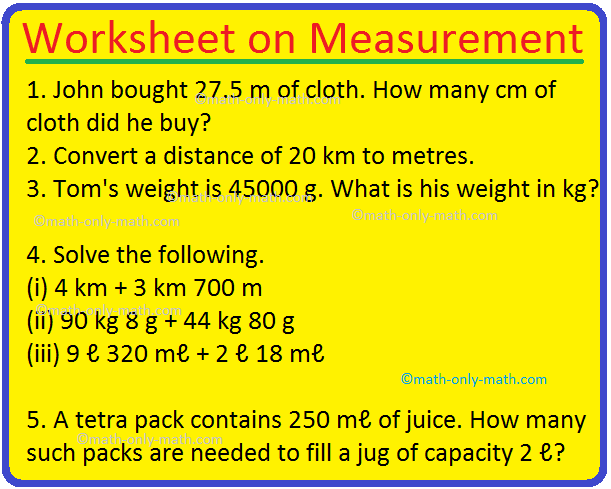
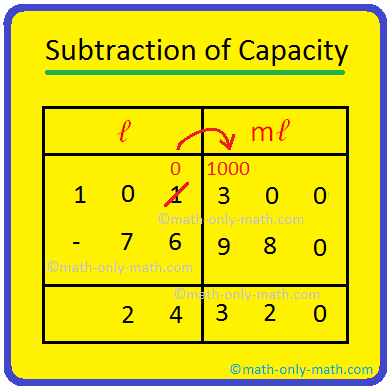
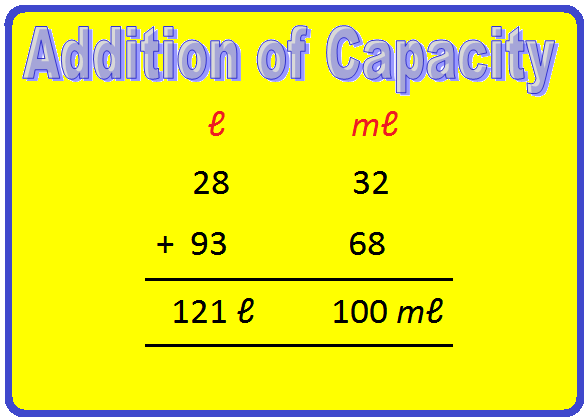
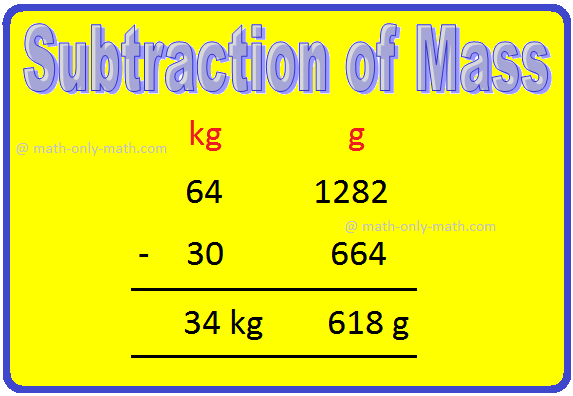
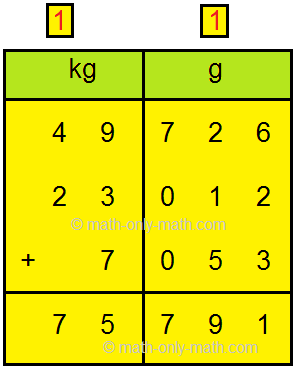
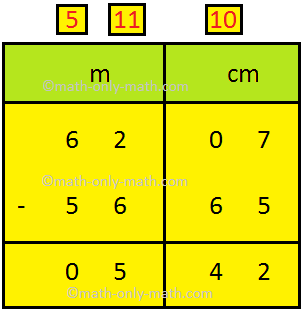
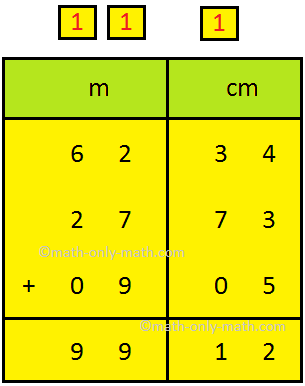
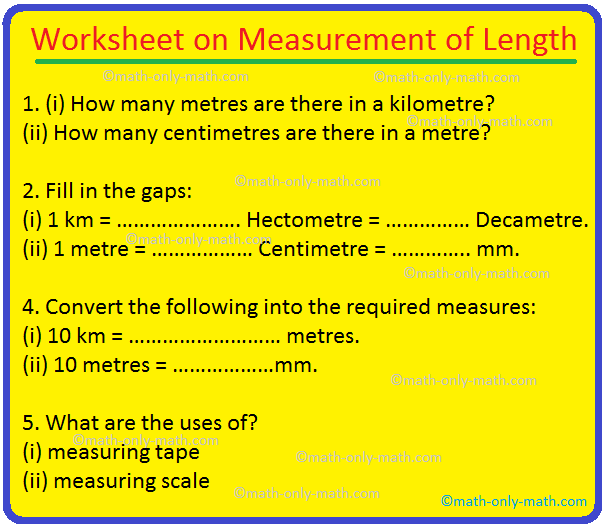
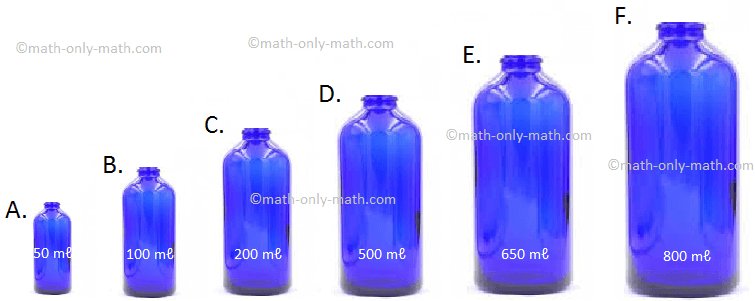


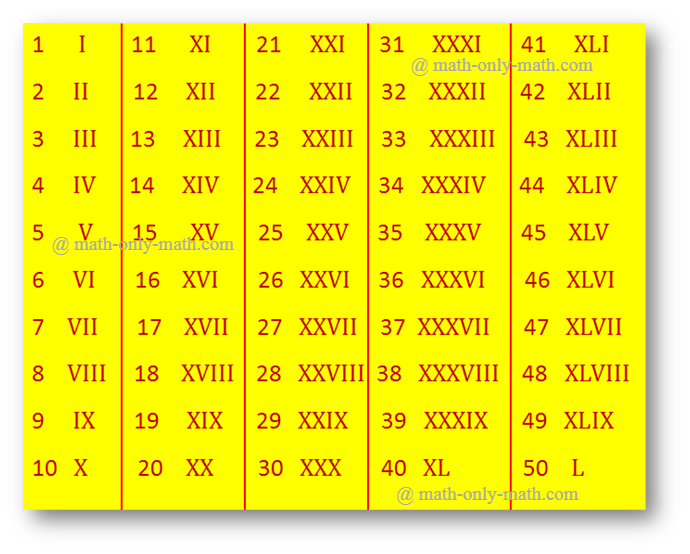
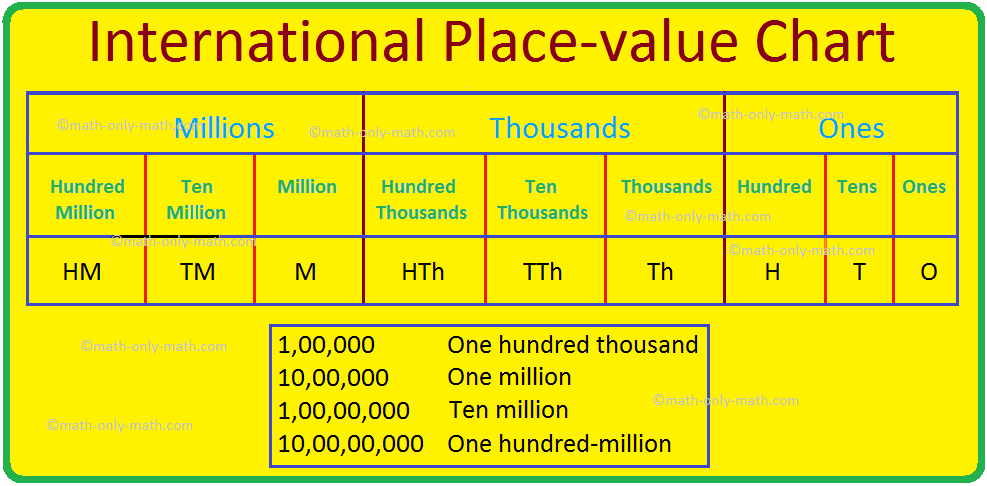

New! Comments
Have your say about what you just read! Leave me a comment in the box below. Ask a Question or Answer a Question.